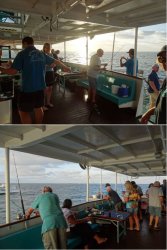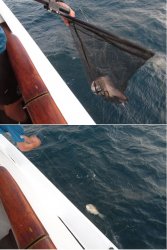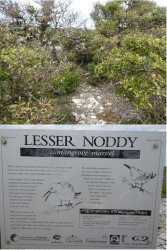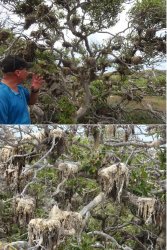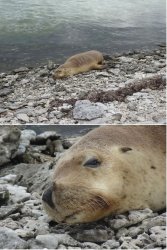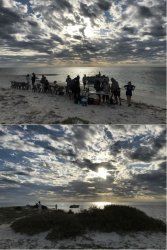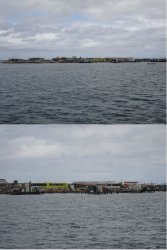After lunch we did a cruise-by in the tenders and Ocean Diver of Roma, Little Rat and Big Rat islands to see how the cray fishermen live – or lived, as most of the infrastructure dated back to the ‘early days’.
The skipper’s family once had a cray fishing boat on Big Rat Island and he spent much of his childhood during the cray season, I think about March-June as they operated then, living and going to school on the island. Fascinating first-hand history.
As you might imagine, as the cray fishing industry began to develop commercially after WW2, many of the fishers came from places like Italy and even the Scandinavian countries. All put their characteristics imprints on various islands.
I was completely surprised by the sheer numbers of dwellings and jetties throughout the archipelago. Some are unused and falling into disrepair and gradually being removed. Some are still active on a larger scale than the past but with operations suspended, there was little activity. Nevertheless, it was all fascinating.
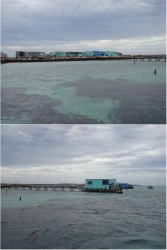

All stacked up, at $100K + a pop, but nowhere to go.



One big cray boat tied up; new mooring pylon with artificial enclosure to encourage sea-eagle or osprey nesting. The raptors keep away the gulls and reduce their fouling of the jetties and structures.


Old stone jetty.

Back to the vessel.









